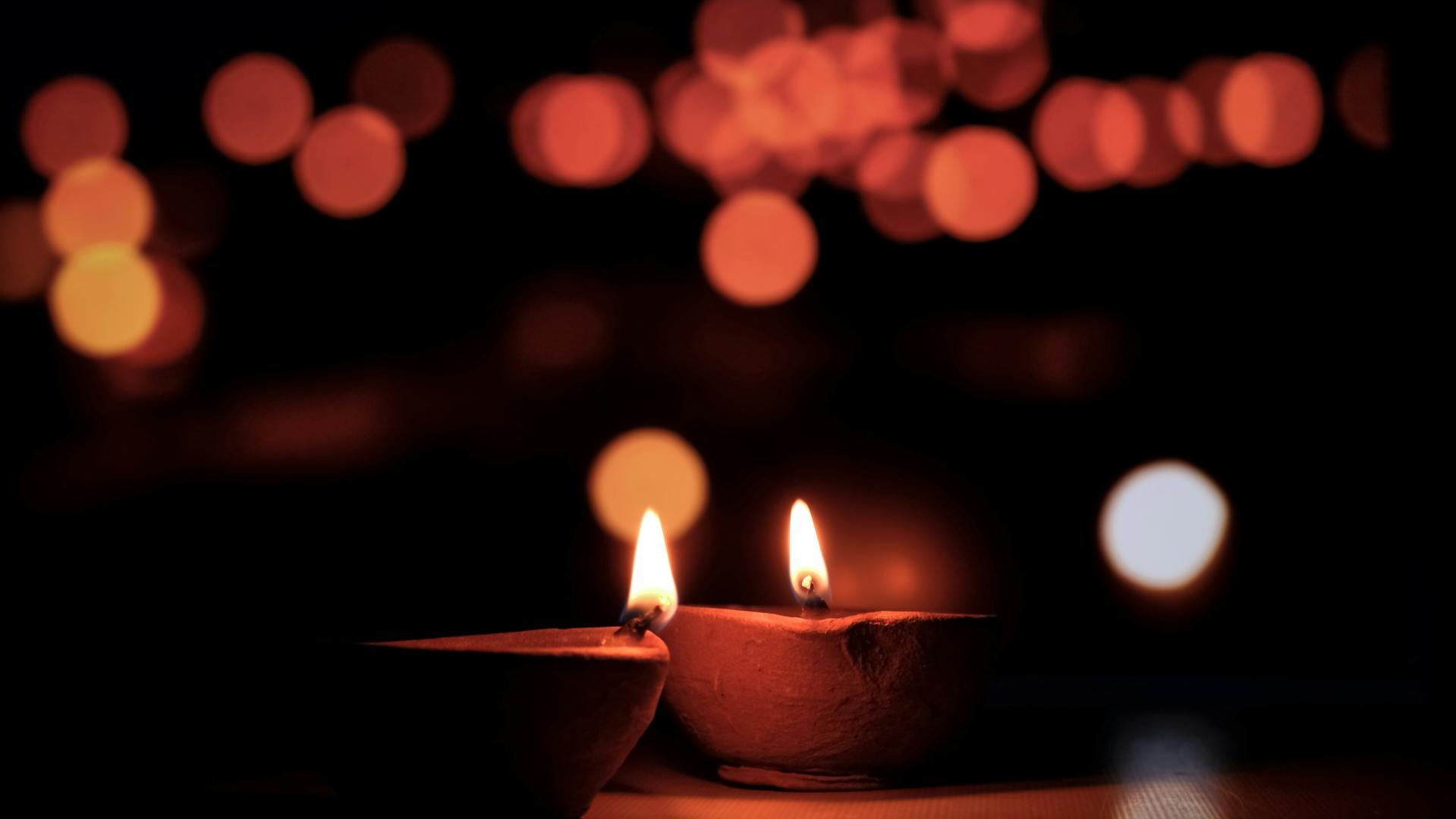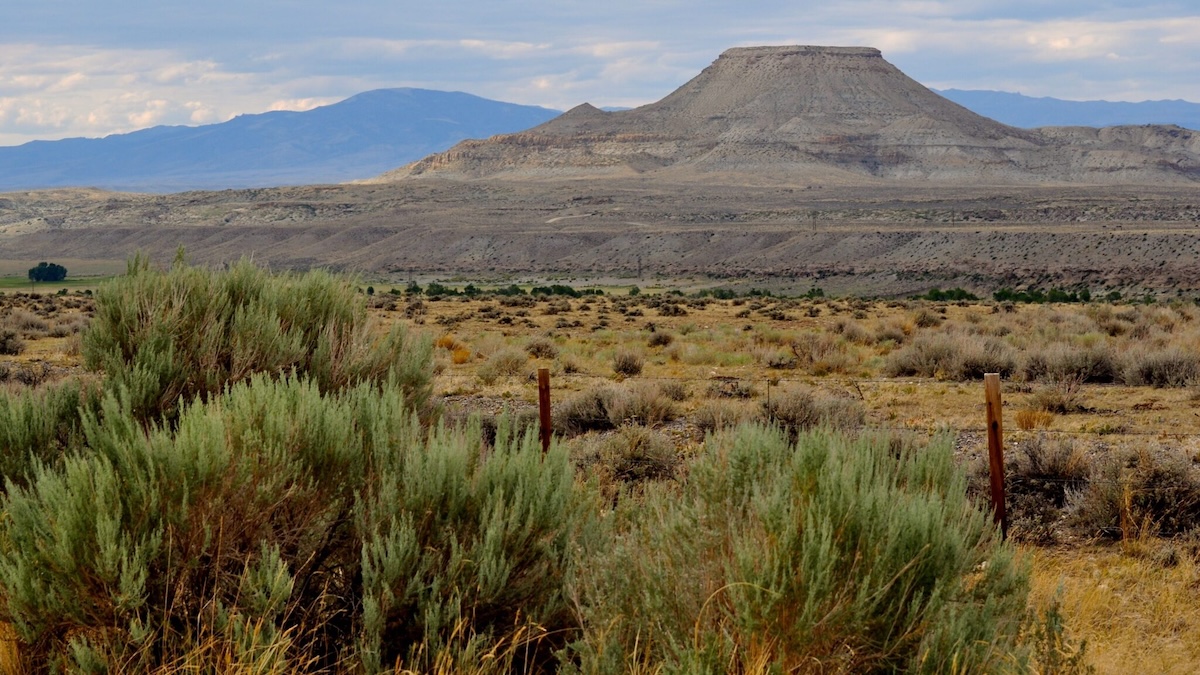In celebration of Black History Month, this series highlights the significance of Negro spirituals, a genre of music with a rich legacy in American history and a deep impact on popular culture. Read the introduction to the series, an interview with expert choral conductor and arranger Dr. Rollo Dilworth, here.
Part of the reason I chose to do this series on Negro spirituals is that I am fascinated not only by the songs themselves but by the impact they’ve had on the broader American musical landscape. I grew up in the ’80s and ’90s listening mostly to contemporary gospel music—the Winans, Commissioned, Hezekiah Walker, Yolanda Adams, etc. These artists made songs that were special to me, my family, and some of my Black friends from church. But I didn’t expect my white friends from school to know them or their music. My favorite gospel songs felt meaningful to me in part because they were markers of a cultural identity that I cherished, even if outsiders didn’t respect or understand it.
But the further back you go in history, the more you can trace the influence of Black sacred music on American popular music. So these Negro spirituals aren’t just sung in Black churches; they’ve been sung almost everywhere. Folk musicians, blues wailers, acoustic guitar singer-songwriters—people from many different backgrounds have embraced these songs. And they might not always be aware of the biblical truths that undergird them.
So it is with our first tune, “Children, Go Where I Send Thee.” My favorite arrangements are this funk barn burner by the R&B singer Ledisi, followed by this choral arrangement by the Spelman College Glee Club. The song has been covered by a bevy of artists including Johnny Cash; Neil Diamond; Nina Simone; Peter Paul, and Mary; Hall and Oates; and even SNL alumnus Ana Gastayer (no, really).
“Children, Go Where I Send Thee” tends to be included in the pop culture canon of Christmas tunes because of the mention of the baby “born in Bethlehem,” but it actually alludes to a range of biblical narratives. Tracing them can be a bit challenging, however, because of the ambiguity involved. As with other forms of folk music, spirituals were not written down and therefore cannot be traced back to one particular author. Even if we could identify the person who first conceived it, the lyrics have evolved over time.
The first few verses are straightforward. One for the baby Jesus. “Two for Paul and Silas,” New Testament figures in the early church. “Three for the Hebrew children” is a reference to Daniel 3 and the young men Hananiah, Mishael, and Azariah (often called by their Babylonian names, Shadrach, Meschach, and Abednego) who were thrown into the fiery furnace but by God’s grace came out unscathed.
“It’s interesting because there’s a clear linkage to the biblical narratives at first,” said Dr. Dilworth during our conversation about the song. “And then you get about halfway through the piece, and things start to get a little nebulous. This whole creative aspect takes over.”
In verse four some of that ambiguity starts. Some versions say, “four for the gospel preachers,” which is probably a reference to the four Gospel authors, Matthew, Mark, Luke, and John. Others have the variation “four for the four who stood at [or knocked on] the door.” Who were the four at the door? This, to me, seems to allude to the paralyzed man in Mark 2 who was brought by four of his friends to be healed but couldn’t get through the door of the house because it was too crowded. (If a good friend will help you move a body, it takes four good friends to cut a hole through the roof and lower one down.)
Five is also sometimes referred to as “the gospel preachers” (the four gospel writers plus either Peter or Paul), or also “the five who came back alive,” which could be a reference to the five people recorded in the New Testament as coming back to life from the dead (the widow’s son in Luke 7, Jairus’s daughter in Luke 8, Lazarus in John 11, Tabitha / Dorcas in Acts 9, and Jesus himself).
But in verses six through nine, you get all sorts of phrases open to interpretation. Who or what were the six that never got fixed? Or the seven who went to heaven (or never went to heaven)? Some people think that the last one could be a reference to Jesus’s parable about the virgins meeting the bridegroom in Matthew 25, but the text says there were ten, not seven.
It’s no surprise, then, that some arrangements of “Children, Go Where I Send Thee” trim down the verses to four or five. In addition to the references being clearer, it also keeps the song shorter.
And then there are versions like the one by vocal quintet Pentatonix that pretty much exclude all the Bible references and replace them with sentimental phrases that evoke American holiday tradition and décor— stuff like little toy trains, wood sleighs, ice skating, etc. In that one, the little baby is not “born in Bethlehem,” but simply “born on Christmas day.”
None of these substitutions or ambiguities addresses the central conceit of the song—who is talking? Who is the voice telling these children to go? “Is this the voice of God?” wondered Dilworth. “Is it a church elder? Is it one of Jesus’s disciples?”
Or maybe it’s the voice of parents literally talking to their children. Maybe this song is a milder, sanded-down version of what it could have been. Boy, when I tell you to go do something, you better hop to it and don’t give me no back talk.
The one unequivocal truth in this song is that we, the listeners, are the children. We are the ones instructed to go.
Indeed, this is the unofficial, unstated yet strongly implied message of “Children, Go Where I Send Thee.” Whether we are sent through church planting assessments, seminaries, congregational polity, the encouragement of family and friends, or by a palpable, even audible hearing of the voice of God almighty, all of us at one time or another are chosen to bear witness to God’s character and work in the earth.
And doing so requires us to move.
So from time to time, we need a little encouragement to take the next step. As listeners, we’re given a litany of reminders, sprinkled throughout the lyrics, of sisters and brothers in the faith who also participated in God’s work of shalom. Even if we never met them personally or don’t even know their names, we know they’re recorded in the text. And all of us know others who weren’t recorded in the biblical canon who bravely and faithfully followed God’s leading into new chapters of life and were blessed accordingly.
And so, as the elders in the Black church like to say, when you know better, you do better.
The next time God opens an opportunity for you to go be a witness, don’t let fear hold you back. If you sense that God is sending you, then you better go.
And let this song be your soundtrack.














